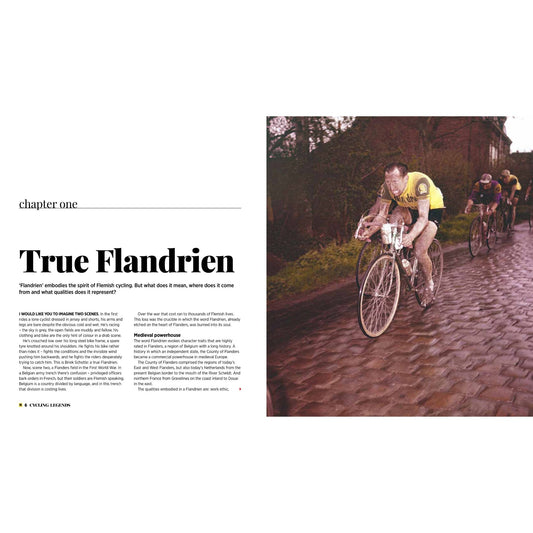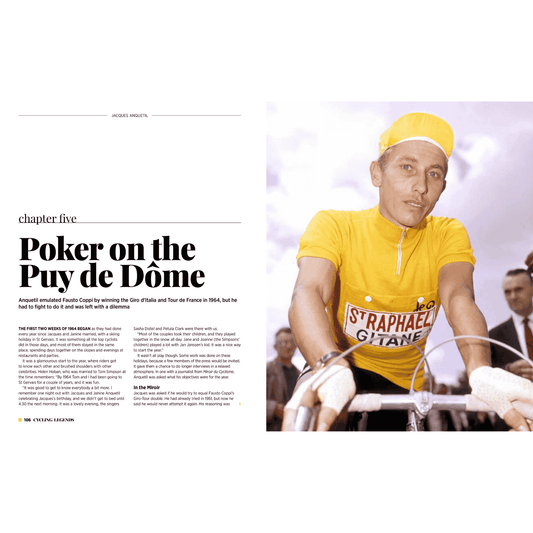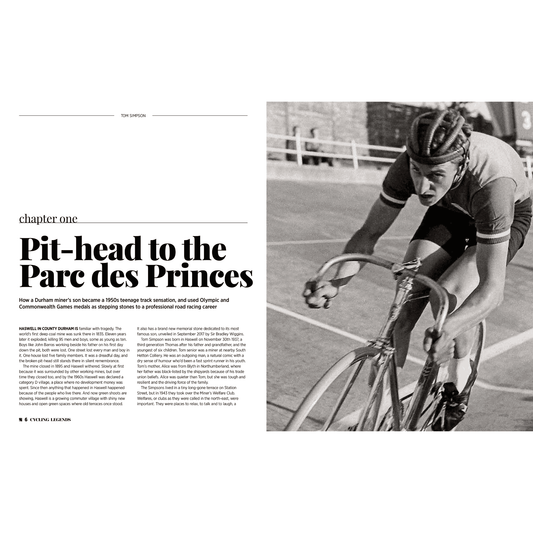In 1954 Sir Roger Bannister became the first human being to run a mile under 4 minutes. The legendary 4-minute mile barrier was finally broken after years of trying, but at the same time British cycling had a barrier, the 4-hour 100 miles.
More particularly it was riding a 100-mile out and back time trial in less than 4 hours. In 1956 a tall rangy electrical engineer from Nottingham called Ray Booty lowered the British record to 4 hours 1 minute and 52 seconds.
He was the British champion at the distance, so if anyone was going to break 4 hours it would be Booty. The next big 100-mile time trial was the Bath Road 100, held every August Bank Holiday on a course west of Reading.
It had a reputation as a fast one, a place where records were broken. Thousands of club cyclists rode out to watch, while Booty also rode from Nottingham to Reading the day before the race, a 100-mile warm-up for his 100-mile effort next day.
Race day dawned dry and quiet, almost no wind, ideal conditions. Booty used a single fixed gear ratio defined in accordance with the British standard of measuring such metrics as 84-inches. He preferred to pedal swiftly, rather than push a higher ratio, judging it more energy efficient.
He powered his Raleigh Record Ace bike smoothly and cleanly, crouching low and maintaining the same high-revving pedal cadence over the entire distance. The finish timekeeper stopped his watch at 3 hours 58 minutes and 28 seconds. The four-hour barrier was broken.
Booty carried on winning long distance time trials, was the Commonwealth Games Road Race champion in 1958, then set an incredible 100-mile solo road record.
They could be done on straight courses, so it was possible to benefit from a tailwind the whole distance. His record time of 3 hours and 28 minutes took 34 years for anyone to break. It underlines how good Ray Booty was, and he will always be remembered as the man who broke the four-hour barrier for 100 miles.








